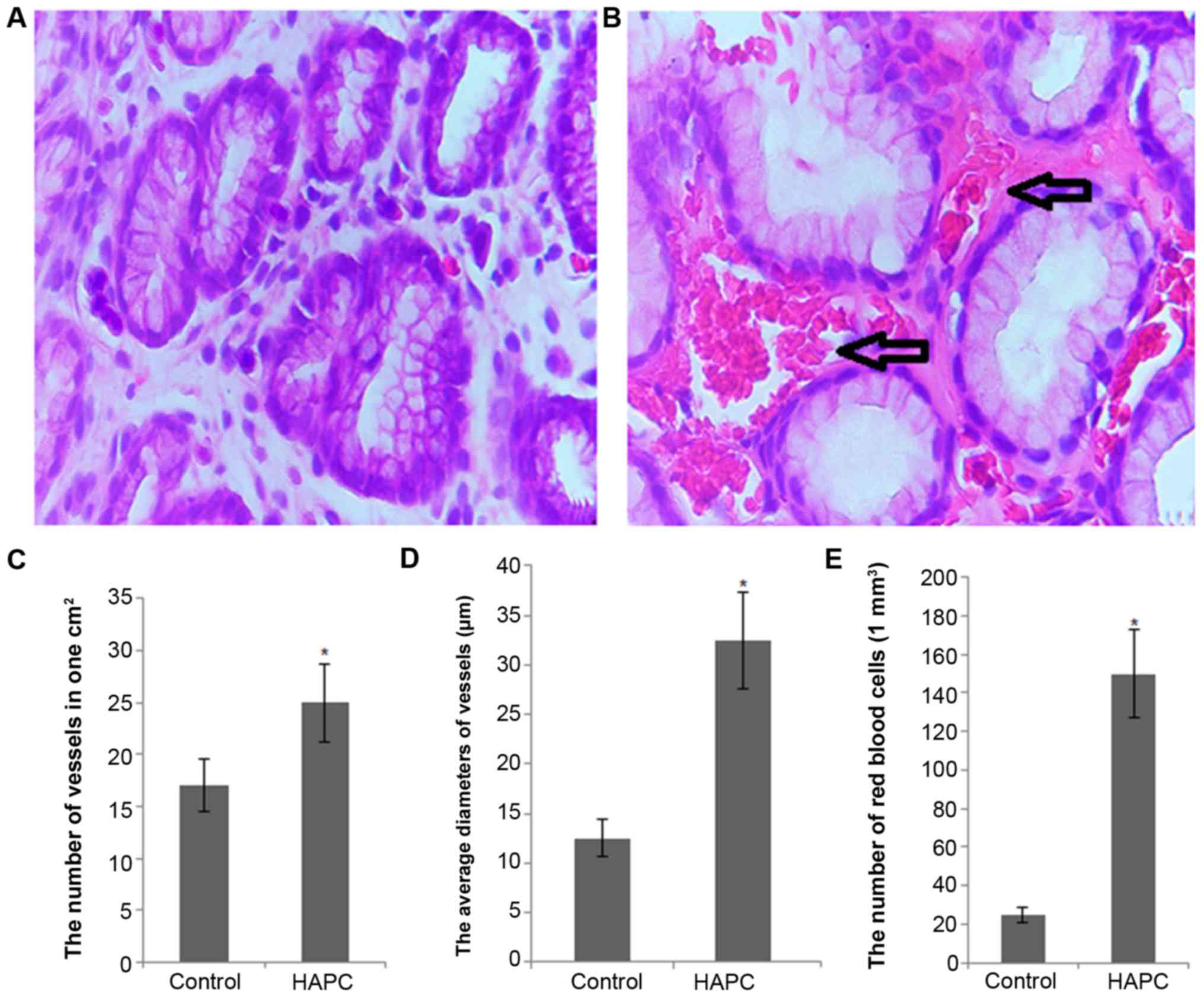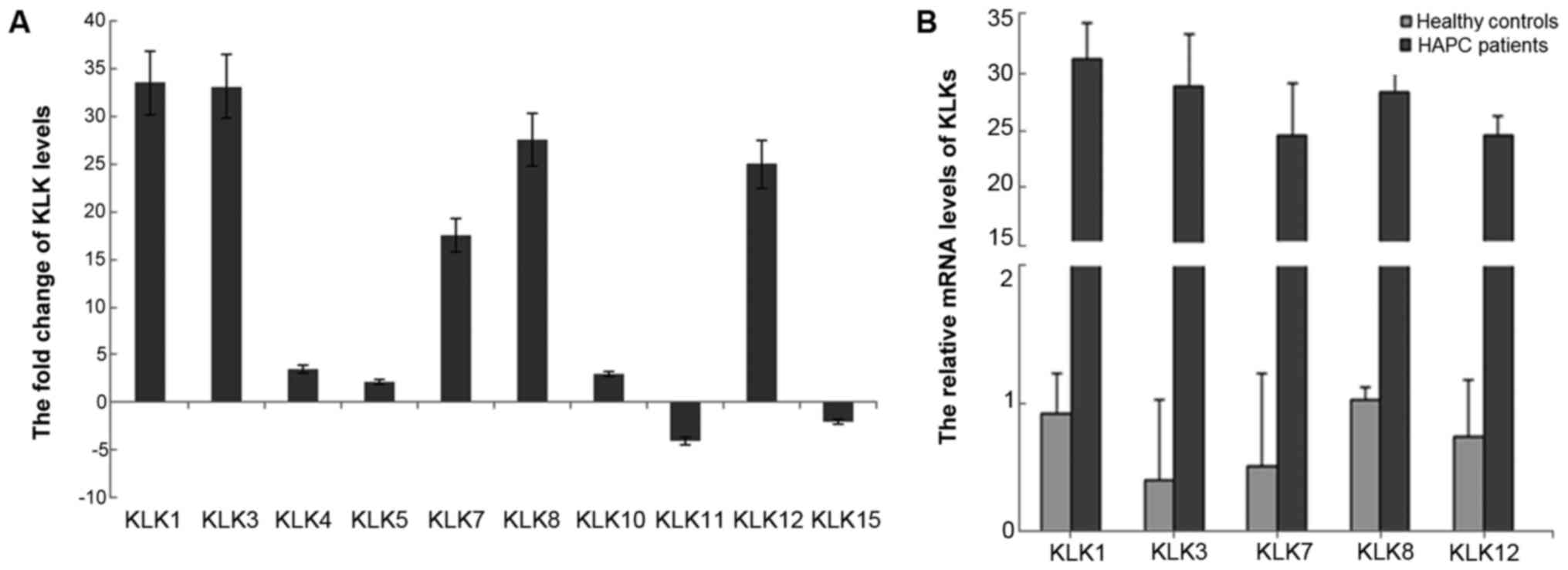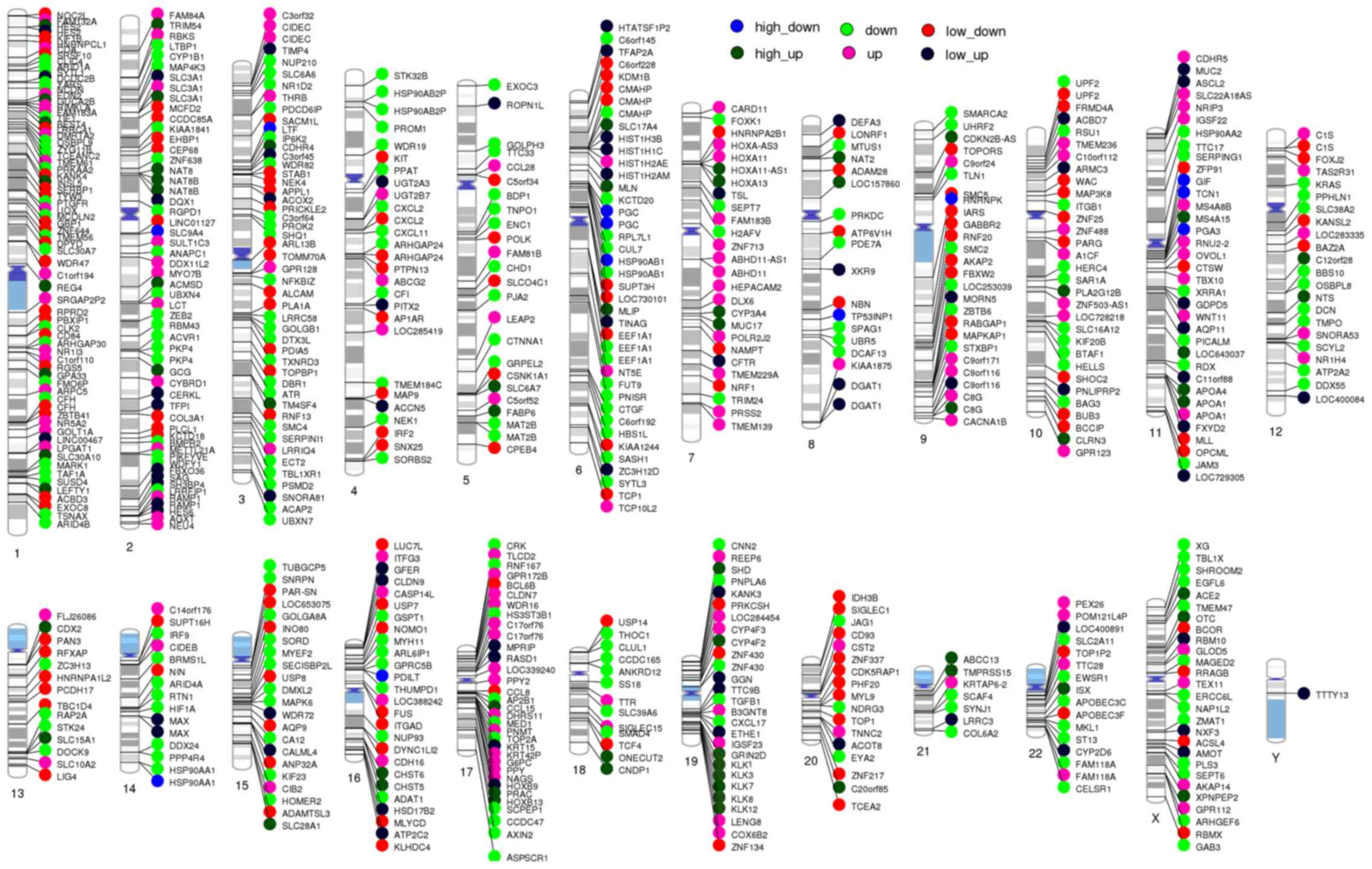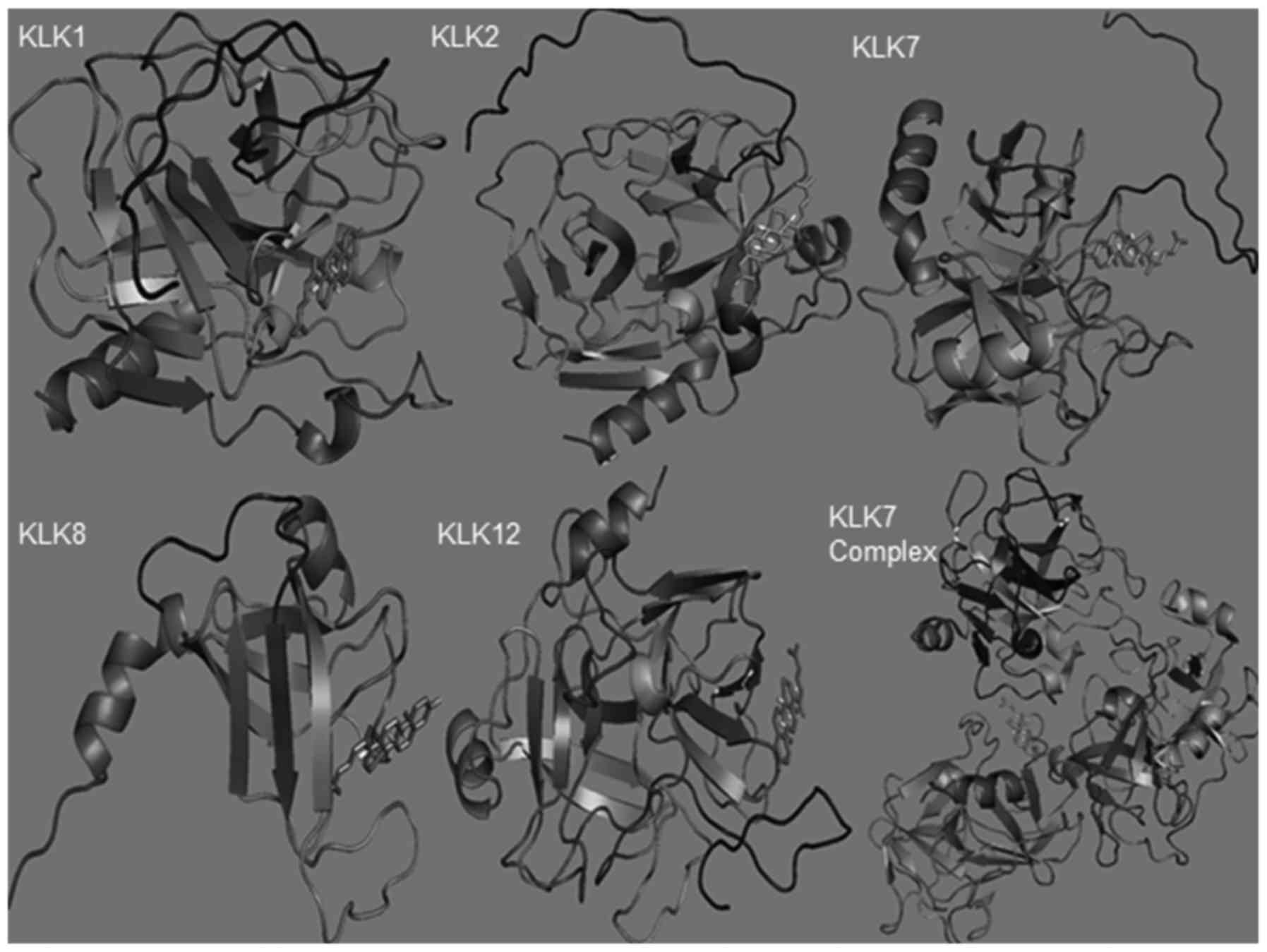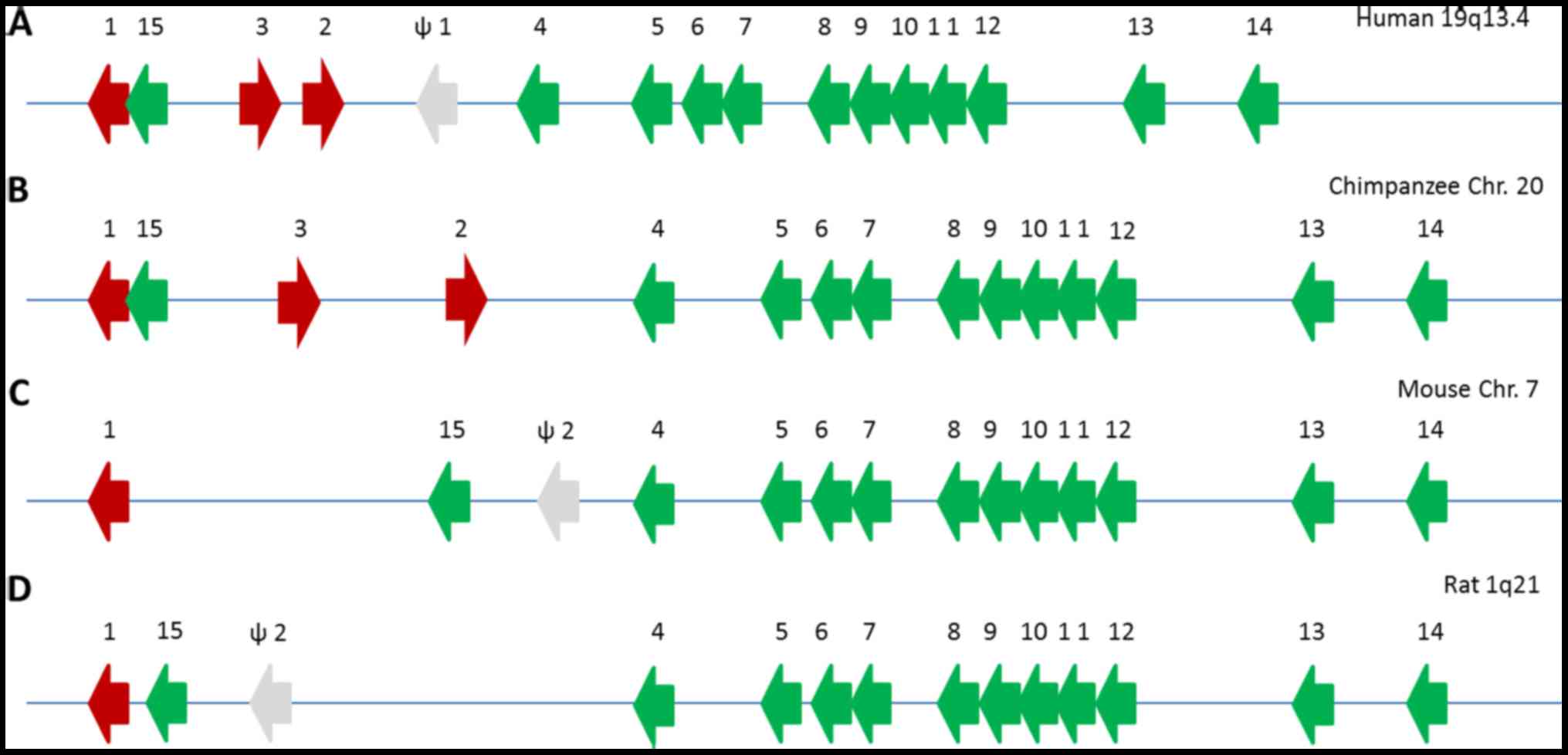|
1
|
León-Velarde F, Maggiorini M, Reeves JT,
Aldashev A, Asmus I, Bernardi L, Ge RL, Hackett P, Kobayashi T,
Moore LG, et al: Consensus statement on chronic and subacute high
altitude diseases. High Alt Med Biol. 6:147–157. 2005. View Article : Google Scholar : PubMed/NCBI
|
|
2
|
Zhang R, Xiang Y, Ran Q, Deng X, Xiao Y,
Xiang L and Li Z: Involvement of calcium, reactive oxygen species,
and ATP in hexavalent chromium-induced damage in red blood cells.
Cell Physiol Biochem. 34:1780–1791. 2014. View Article : Google Scholar : PubMed/NCBI
|
|
3
|
Lücker A, Weber B and Jenny P: A dynamic
model of oxygen transport from capillaries to tissue with moving
red blood cells. Am J Physiol Heart Circ Physiol. 308:H206–H216.
2015. View Article : Google Scholar
|
|
4
|
Watts T, Barigou M and Nash GB: Effects of
vessel size, cell sedimentation and haematocrit on the adhesion of
leukocytes and platelets from flowing blood. Biorheology.
52:391–404. 2015. View Article : Google Scholar : PubMed/NCBI
|
|
5
|
Freund JB and Vermot J: The wall-stress
footprint of blood cells flowing in microvessels. Biophys J.
106:752–762. 2014. View Article : Google Scholar : PubMed/NCBI
|
|
6
|
Nair PK, Huang NS, Hellums JD and Olson
JS: A simple model for prediction of oxygen transport rates by
flowing blood in large capillaries. Microvasc Res. 39:203–211.
1990. View Article : Google Scholar : PubMed/NCBI
|
|
7
|
Yu C, Holroyd E, Cheng Y and Lau JT:
Institutional incentives for altruism: Gifting blood in China. BMC
Public Health. 13:5242013. View Article : Google Scholar : PubMed/NCBI
|
|
8
|
Yoshida M, Wakabayashi G, Ishikawa H,
Kawachi S, Tanabe M, Otani Y, Shimazu M, Kubota T and Kitajima M:
Arteriovenous shunting blood flow is intravitally observed in the
stomach after thermal injury in rats. Keio J Med. 51:193–200. 2002.
View Article : Google Scholar
|
|
9
|
Kurata JH: Ulcer epidemiology: An overview
and proposed research framework. Gastroenterology. 96(Suppl 2):
569–580. 1989. View Article : Google Scholar : PubMed/NCBI
|
|
10
|
Przyslupski AM, Armstrong E, Shen K and
Yager JY: Sulforaphane is not additive in combination with
hypothermia in a neonatal rat model of hypoxia-ischemia. Int J Dev
Neurosci. 47:552015. View Article : Google Scholar
|
|
11
|
Ferraz MM, Sab IM, Silva MA, Santos DA and
Ferraz MR: Prenatal Hypoxia Ischemia Increases Male Rat Sexual
behavior. J Sex Med. 12:2013–2021. 2015. View Article : Google Scholar : PubMed/NCBI
|
|
12
|
Blanco-Alvarez VM, Soto-Rodriguez G,
Gonzalez-Barrios JA, Martinez-Fong D, Brambila E, Torres-Soto M,
Aguilar-Peralta AK, Gonzalez-Vazquez A, Tomás-Sanchez C, Limó ID,
et al: Prophylactic subacute administration of zinc increases CCL2,
CCR2, FGF2, and IGF-1 expression and prevents the long-term memory
loss in a rat model of cerebral hypoxia-ischemia. Neural Plast.
2015:3753912015. View Article : Google Scholar : PubMed/NCBI
|
|
13
|
Huang HZ, Wen XH and Liu H: Sex
differences in brain MRI abnormalities and neurodevelopmental
outcomes in a rat model of neonatal hypoxia-ischemia. Int J
Neurosci. 126:647–657. 2016. View Article : Google Scholar
|
|
14
|
Min JW, Hu JJ, He M, Sanchez RM, Huang WX,
Liu YQ, Bsoul NB, Han S, Yin J, Liu WH, et al: Vitexin reduces
hypoxiaischemia neonatal brain injury by the inhibition of
HIF-1alpha in a rat pup model. Neuropharmacology. 99:38–50. 2015.
View Article : Google Scholar : PubMed/NCBI
|
|
15
|
Li K, Gesang L, Dan Z, Gusang L, Dawa C
and Nie Y: Transcriptome reveals 1400-fold upregulation of
APOA4-APOC3 and 1100-fold downregulation of GIF in the patients
with polycythemia-induced gastric injury. PLoS One.
10:e01405342015. View Article : Google Scholar : PubMed/NCBI
|
|
16
|
Ickenstein GW, Klotz JM and Langohr HD:
Headache caused by polycythemia vera. Classification of a headache
under the heading of metabolic disturbances. Schmerz. 13:279–282.
1999.In German. View Article : Google Scholar
|
|
17
|
Ding GX, Feng CC, Song NH, Fang ZJ, Xia
GW, Jiang HW, Hua LX and Ding Q: Paraneoplastic symptoms: Cachexia,
polycythemia, and hypercalcemia are, respectively, related to
vascular endothelial growth factor (VEGF) expression in renal clear
cell carcinoma. Urol Oncol. 31:1820–1825. 2013. View Article : Google Scholar
|
|
18
|
Jia C, Chen Y, Hu Z and Lu X: Right
hepatic artery thrombosis in an essential polycythemia vera patient
following pancreatobiliary surgery for severe pancreatitis. J
Thromb Thrombolysis. 34:135–138. 2012. View Article : Google Scholar : PubMed/NCBI
|
|
19
|
Pathak R, Giri S, Karmacharya P and Aryal
MR: Obstructive sleep apnea syndrome and secondary polycythemia:
Analysis of the nationwide inpatient sample. Sleep Med. 16:205–206.
2015. View Article : Google Scholar
|
|
20
|
Jepson JH: Polycythemia: Diagnosis,
pathophysiology and therapy. I. Can Med Assoc J. 100:271–277.
1969.PubMed/NCBI
|
|
21
|
Thiele J, Kvasnicka HM, Muehlhausen K,
Walter S, Zankovich R and Diehl V: Polycythemia rubra vera versus
secondary polycythemias. A clinicopathological evaluation of
distinctive features in 199 patients. Pathol Res Pract. 197:77–84.
2001. View Article : Google Scholar : PubMed/NCBI
|
|
22
|
Sugiura Y, Nemoto E, Shinoda H, Nakamura N
and Kaseda S: Surgery for lung adenocarcinoma with smokers'
polycythemia: A case report. BMC Res Notes. 6:382013. View Article : Google Scholar : PubMed/NCBI
|
|
23
|
Manninen P, Karvonen AL, Laukkarinen J,
Aitola P, Huhtala H and Collin P: Colorectal cancer and
cholangiocarcinoma in patients with primary sclerosing cholangitis
and inflammatory bowel disease. Scand J Gastroenterol. 50:423–428.
2015. View Article : Google Scholar : PubMed/NCBI
|
|
24
|
D'Argenio G, Mazzone G, Tuccillo C,
Grandone I, Gravina AG, Graziani G, Fogliano V and Romano M: Apple
polyphenol extracts prevent aspirin-induced damage to the rat
gastric mucosa. Br J Nutr. 100:1228–1236. 2008. View Article : Google Scholar : PubMed/NCBI
|
|
25
|
Tombak A, Ay OI, Erdal ME, Sungur MA, Ucar
MA, Akdeniz A and Tiftik EN: MicroRNA expression analysis in
patients with primary myelofibrosis, polycythemia vera and
essential thrombocythemia. Indian J Hematol Blood Transfus.
31:416–425. 2015. View Article : Google Scholar : PubMed/NCBI
|
|
26
|
Cornea MI, Levrat E, Pugin P and Betticher
DC: BCR-ABL1-positive chronic myeloid leukemia with erythrocytosis
presenting as polycythemia vera: A case report. J Med Case Reports.
9:302015. View Article : Google Scholar
|
|
27
|
Acuna L, Sanchez P, Soler L and Alvis LF:
Total cholesterol (Tc), Low-density lipoprotein cholesterol (Ldl-C)
and high-density lipoprotein cholesterol (Hdl-C) levels in patients
with hypertension (Ht), diabetes (Dm), both (Ht And Dm) and chronic
kidney disease (Ckd). Value Health. 18:A405–406. 2015. View Article : Google Scholar : PubMed/NCBI
|
|
28
|
Li M, Zhang N, Zhou Y, Li J, Gu Y, Wang J
and Liu C: A 50-year-old woman with haemoptysis, cough and
tachypnea: Cholesterol pneumonia accompanying with pulmonary artery
hypertension. Clin Respir J. Jun 15–2015.Epub ahead of print.
|
|
29
|
Ceravolo GS, Montezano AC, Jordão MT,
Akamine EH, Costa TJ, Takano AP, Fernandes DC, Barreto-Chaves ML,
Laurindo FR, Tostes RC, et al: An interaction of renin-angiotensin
and kallikrein-kinin systems contributes to vascular hypertrophy in
angiotensin II-induced hypertension: In vivo and in vitro studies.
PLoS One. 9:e1111172014. View Article : Google Scholar : PubMed/NCBI
|
|
30
|
Katori M and Majima M: Renal (tissue)
kallikrein-kinin system in the kidney and novel potential drugs for
salt-sensitive hypertension. Prog Drug Res. 69:59–109.
2014.PubMed/NCBI
|
|
31
|
Jiang C, Chen J, Liu F, Luo Y, Xu G, Shen
HY, Gao Y and Gao W: Chronic mountain sickness in Chinese Han males
who migrated to the Qinghai-Tibetan plateau: Application and
evaluation of diagnostic criteria for chronic mountain sickness.
BMC Public Health. 14:7012014. View Article : Google Scholar : PubMed/NCBI
|
|
32
|
Li K, Gesang L, Dan Z and Gusang L:
Genome-wide transcriptional analysis reveals the protection against
hypoxia-induced oxidative injury in the intestine of Tibetans via
the inhibition of GRB2/EGFR/TPN11 pathways. Oxid Med Cell Longev.
2016:69673962016. View Article : Google Scholar
|
|
33
|
Kamiya A and Chikada H: Human pluripotent
stem cell-derived cholangiocytes: Current status and future
applications. Curr Opin Gastroenterol. 31:233–238. 2015. View Article : Google Scholar : PubMed/NCBI
|
|
34
|
Yousef GM, Chang A, Scorilas A and
Diamandis EP: Genomic organization of the human kallikrein gene
family on chromosome 19q13.3–q13.4. Biochem Biophys Res Commun.
276:125–133. 2000. View Article : Google Scholar : PubMed/NCBI
|
|
35
|
López-Otín C and Overall CM: Protease
degradomics: A new challenge for proteomics. Nat Rev Mol Cell Biol.
3:509–519. 2002. View
Article : Google Scholar : PubMed/NCBI
|
|
36
|
Olsson AY and Lundwall A: Organization and
evolution of the glandular kallikrein locus in Mus musculus.
Biochem Biophys Res Commun. 299:305–311. 2002. View Article : Google Scholar : PubMed/NCBI
|
|
37
|
Olsson AY, Lilja H and Lundwall A:
Taxon-specific evolution of glandular kallikrein genes and
identification of a progenitor of prostate-specific antigen.
Genomics. 84:147–156. 2004. View Article : Google Scholar : PubMed/NCBI
|
|
38
|
Prassas I, Eissa A, Poda G and Diamandis
EP: Unleashing the therapeutic potential of human
kallikrein-related serine proteases. Nat Rev Drug Discov.
14:183–202. 2015. View Article : Google Scholar : PubMed/NCBI
|
|
39
|
Sexton DJ, Chen T, Martik D, Kuzmic P,
Kuang G, Chen J, Nixon AE, Zuraw BL, Forteza RM, Abraham WM and
Wood CR: Specific inhibition of tissue kallikrein 1 with a human
monoclonal antibody reveals a potential role in airway diseases.
Biochem J. 422:383–392. 2009. View Article : Google Scholar : PubMed/NCBI
|
|
40
|
Kolte D and Shariat-Madar Z: Plasma
kallikrein inhibitors in cardiovascular disease: An innovative
therapeutic approach. Cardiol Rev. 24:99–109. 2016. View Article : Google Scholar
|
|
41
|
Albert-Weissenberger C, Mencl S, Hopp S,
Kleinschnitz C and Sirén AL: Role of the kallikrein-kinin system in
traumatic brain injury. Front Cell Neurosci. 8:3452014. View Article : Google Scholar : PubMed/NCBI
|
|
42
|
Furio L and Hovnanian A: Netherton
syndrome: Defective kallikrein inhibition in the skin leads to skin
inflammation and allergy. Biol Chem. 395:945–958. 2014. View Article : Google Scholar : PubMed/NCBI
|
|
43
|
Czokało M, Pałka M, Kralisz P and
Filipkowski T: Kallikreinkinin system in patients with neoplastic
diseases. Rocz Akad Med Bialymst. 41:417–428. 1996.
|
|
44
|
Diamandis EP, Yousef GM, Luo LY, Magklara
A and Obiezu CV: The new human kallikrein gene family: Implications
in carcinogenesis. Trends Endocrinol Metab. 11:54–60. 2000.
View Article : Google Scholar : PubMed/NCBI
|
|
45
|
Schrader CH, Kolb M, Zaoui K,
Flechtenmacher C, Grabe N, Weber KJ, Hielscher T, Plinkert PK and
Hess J: Kallikrein-related peptidase 6 regulates
epithelial-to-mesenchymal transition and serves as prognostic
biomarker for head and neck squamous cell carcinoma patients. Mol
Cancer. 14:1072015. View Article : Google Scholar : PubMed/NCBI
|
|
46
|
Christodoulou S, Alexopoulou DK, Kontos
CK, Scorilas A and Papadopoulos IN: Kallikrein-related peptidase-6
(KLK6) mRNA expression is an independent prognostic tissue
biomarker of poor disease-free and overall survival in colorectal
adenocarcinoma. Tumour Biol. 35:4673–4685. 2014. View Article : Google Scholar : PubMed/NCBI
|
|
47
|
Nishikawa K, Shibayama Y, Kuna P,
Calcaterra E, Kaplan AP and Reddigari SR: Generation of vasoactive
peptide bradykinin from human umbilical vein endothelium-bound high
molecular weight kininogen by plasma kallikrein. Blood.
80:1980–1988. 1992.PubMed/NCBI
|
|
48
|
Makevnina LG, Levina GO and Yatzimirsky
AK: Kinetics of Lys-bradykinin release by porcine pancreatic
kallikrein from rabbit low molecular weight kininogen. Agents
Actions Suppl. 38:89–97. 1992.PubMed/NCBI
|
|
49
|
Rajapakse S, Yamano N, Ogiwara K, Hirata
K, Takahashi S and Takahashi T: Estrogen-dependent expression of
the tissue kallikrein gene (Klk1) in the mouse uterus and its
implications for endometrial tissue growth. Mol Reprod Dev.
74:1053–1063. 2007. View Article : Google Scholar : PubMed/NCBI
|
|
50
|
Dedio J, Wiemer G, Rütten H, Dendorfer A,
Schölkens BA, Müller-Esterl W and Wohlfart P: Tissue kallikrein
KLK1 is expressed de novo in endothelial cells and mediates
relaxation of human umbilical veins. Biol Chem. 382:1483–1490.
2001. View Article : Google Scholar : PubMed/NCBI
|
|
51
|
Iwai N, Yasui N, Naraba H, Tago N,
Yamawaki H and Sumiya H: Klk1 as one of the genes contributing to
hypertension in Dahl salt-sensitive rat. Hypertension. 45:947–953.
2005. View Article : Google Scholar : PubMed/NCBI
|
|
52
|
Rodriguez S, Al-Ghamdi OA, Burrows K,
Guthrie PA, Lane JA, Davis M, Marsden G, Alharbi KK, Cox A, Hamdy
FC, et al: Very low PSA concentrations and deletions of the KLK3
gene. Clin Chem. 59:234–244. 2013. View Article : Google Scholar
|
|
53
|
Sävblom C, Halldén C, Cronin AM, Säll T,
Savage C, Vertosick EA, Klein RJ, Giwercman A and Lilja H: Genetic
variation in KLK2 and KLK3 is associated with concentrations of hK2
and PSA in serum and seminal plasma in young men. Clin Chem.
60:490–499. 2014. View Article : Google Scholar
|
|
54
|
Bañez LL, Hamilton RJ, Partin AW, Vollmer
RT, Sun L, Rodriguez C, Wang Y, Terris MK, Aronson WJ, Presti JC
Jr, et al: Obesity-related plasma hemodilution and PSA
concentration among men with prostate cancer. JAMA. 298:2275–2280.
2007. View Article : Google Scholar : PubMed/NCBI
|
|
55
|
Hasselbalch HC: Perspectives on the
increased risk of second cancer in patients with essential
thrombocythemia, polycythemia vera and myelofibrosis. Eur J
Haematol. 94:96–98. 2015. View Article : Google Scholar : PubMed/NCBI
|
|
56
|
Weil MH: Polycythemia associated with
obesity. J Am Med Assoc. 159:1592–1595. 1955. View Article : Google Scholar : PubMed/NCBI
|
|
57
|
Giusti B, Serratì S, Margheri F, Papucci
L, Rossi L, Poggi F, Magi A, Del Rosso A, Cinelli M, Guiducci S, et
al: The antiangiogenic tissue kallikrein pattern of endothelial
cells in systemic sclerosis. Arthritis Rheum. 52:3618–3628. 2005.
View Article : Google Scholar : PubMed/NCBI
|
|
58
|
Walker F, Nicole P, Jallane A,
Soosaipillai A, Mosbach V, Oikonomopoulou K, Diamandis EP, Magdolen
V and Darmoul D: Kallikrein-related peptidase 7 (KLK7) is a
proliferative factor that is aberrantly expressed in human colon
cancer. Biol Chem. 395:1075–1086. 2014. View Article : Google Scholar : PubMed/NCBI
|
|
59
|
Oliveira JR, Bertolin TC, Andrade D,
Oliveira LC, Kondo MY, Santos JA, Blaber M, Juliano L, Severino B,
Caliendo G, et al: Specificity studies on Kallikrein-related
peptidase 7 (KLK7) and effects of osmolytes and glycosaminoglycans
on its peptidase activity. Biochim Biophys Acta. 1854:73–83. 2015.
View Article : Google Scholar
|
|
60
|
Yoshida S: Klk8, a multifunctional
protease in the brain and skin: Analysis of knockout mice. Biol
Chem. 391:375–380. 2010. View Article : Google Scholar : PubMed/NCBI
|
|
61
|
Shingaki K, Taniguchi M, Kanazawa S,
Matsuzaki S, Maeda T, Miyata S, Kubo T, Torii K, Shiosaka S and
Tohyama M: NGF-p75 and neuropsin/KLK8 pathways stimulate each other
to cause hyperkeratosis and acanthosis in inflamed skin. J Dermatol
Sci. 67:71–73. 2012. View Article : Google Scholar : PubMed/NCBI
|
|
62
|
Lose F, Batra J, O'Mara T, Fahey P,
Marquart L, Eeles RA, Easton DF, Al Olama AA, Kote-Jarai Z, Guy M,
et al Australian Prostate Cancer BioResource: Common variation in
Kallikrein genes KLK5, KLK6, KLK12, and KLK13 and risk of prostate
cancer and tumor aggressiveness. Urol Oncol. 31:635–643. 2013.
View Article : Google Scholar
|
|
63
|
Kryza T, Lalmanach G, Lavergne M, Lecaille
F, Reverdiau P, Courty Y and Heuzé-Vourc'h N: Pro-angiogenic effect
of human kallikrein-related peptidase 12 (KLK12) in lung
endothelial cells does not depend on kinin-mediated activation of
B2 receptor. Biol Chem. 394:385–391. 2013. View Article : Google Scholar
|




